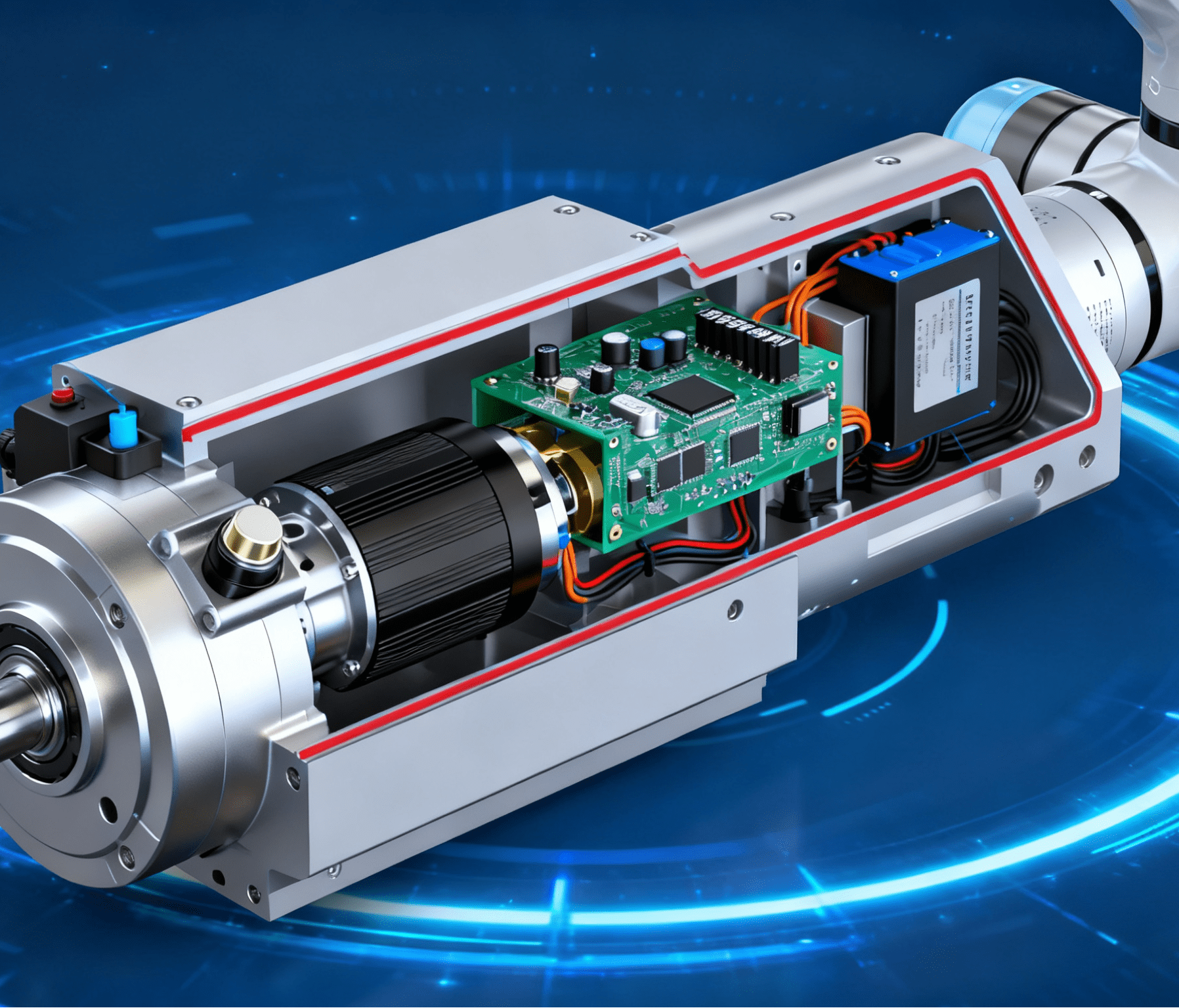Table of Contents
ToggleAI 실행 격차 해소: 지능형 자동화가 중단된 프로젝트의 80%를 어떻게 구제할 수 있는가

In an era where enterprise investment in artificial intelligence soars—IDC forecasts global AI and GenAI spending to double to $631 billion by 2028—an alarming disconnect persists. Despite boardroom enthusiasm and hefty budgets, most organizations struggle to transform AI concepts into tangible outcomes. This execution gap isn’t a result of technological limitations but rather a failure to integrate intelligent automation principles into existing industrial automation and business processes. From fragmented systems to manual workflows, the roadblocks mimic inefficiencies seen in factories before the advent of standardized automation equipment—and the solution lies in reimagining AI governance as a catalyst for scalable innovation.
The Sobering Reality: AI Projects Trapped in the Pipeline
ModelOp’s 2025 AI Governance Benchmark Report, based on insights from 100 Fortune 500 leaders, paints a stark picture: while over 80% of enterprises have 51+ generative AI projects proposed, only 18% successfully deploy more than 20 models into production. The culprit? Structural inefficiencies that hinder intelligent automation adoption, much like how misaligned machinery stalls industrial automation lines:
- Fragmented Systems: 58% of organizations cite disjointed tools as the top barrier to AI governance, mirroring how incompatible automation equipment halts factory throughput.
- Manual Processes: 55% still rely on spreadsheets and emails—akin to using hand tools in a high-tech factory—creating bottlenecks that prevent AI projects from scaling.
- Lack of Standardization: Just 23% implement unified processes, ignoring the lessons of industrial automation, where standardized protocols ensure seamless operations.
The Governance Revolution: From Bottleneck to Accelerator
Forward-thinking companies are redefining AI governance as the key to unlocking intelligent automation’s potential:
- Strategic Leadership: 46% now assign AI governance to the Chief Innovation Officer, recognizing its role in driving innovation, much like how factory managers oversee automation equipment upgrades.
- Investment in Automation: 36% budget over $1 million annually for AI governance software, while 54% allocate resources for AI Portfolio Intelligence—investments that parallel those in industrial automation infrastructure.
High-Performing Enterprises: Masters of Intelligent Automation
Organizations that bridge the execution gap share a blueprint inspired by industrial automation best practices:
- Standardized Workflows: They implement consistent processes from project intake to deployment, similar to how factories use standardized assembly lines.
- Automated Checkpoints: By embedding governance checks into the AI lifecycle, they ensure compliance—akin to how sensors monitor automation equipment for quality control.
- End-to-End Traceability: Maintaining visibility into data sources and model performance mirrors how factories track production from raw materials to finished goods.
The Path to Scalability: From Stalled Projects to Intelligent Automation Success
The message is clear: organizations treating AI governance as a compliance burden will fall behind, while those embracing it as a driver of intelligent automation will thrive. Immediate steps include auditing current processes, standardizing workflows, investing in integration platforms, and establishing enterprise oversight—all critical for turning AI ambitions into operational reality.
In the race to dominate the AI-driven economy, enterprises that fuse intelligent automation with industrial-grade discipline will emerge victorious. Those failing to upgrade their “AI factories”—by replacing manual processes with automation equipment and fragmented systems with unified governance—risk obsolescence. The choice is simple: adapt or be left behind in the age of intelligent automation.




















